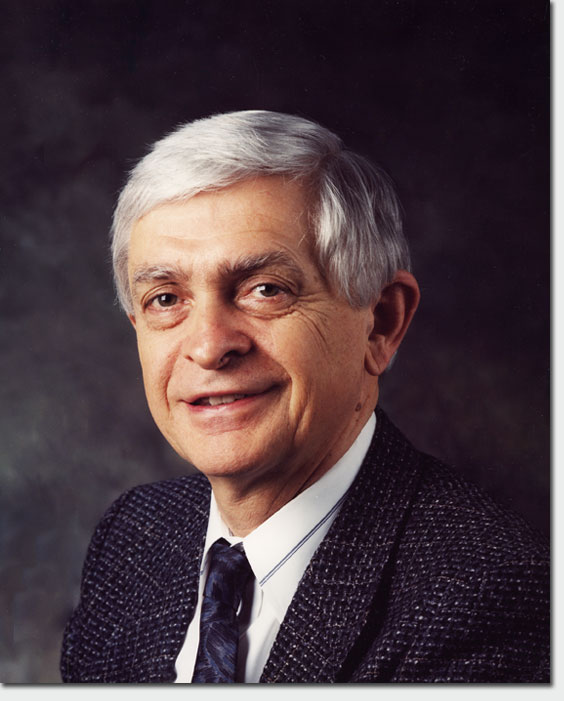John Nuckolls, the Lab’s seventh director, took office during a time of unprecedented change during the end of the Cold War and the transition to the post-Cold War world. The Lab administration was complying with a rapidly growing number of new laws and regulations on environment, safety, and health and on business management. The University of California/Department of Energy contract was being fundamentally rewritten. The Lab’s missions in the 1990s derived from new challenges—deterring war with greatly scaled down inherently safe and secure nuclear forces, containing nuclear weapons proliferation, developing clean and affordable sources of energy, protecting the environment, enhancing economic competitiveness, and contributing to science and math education.
With the breakup of the Soviet Union, the Lab’s work on nuclear weapons declined, but efforts in arms control, nonproliferation, and advanced conventional weapons were growing. Nuckolls created major new organizations in the nonproliferation, environmental, and energy areas. Collaborative research with industry and the transfer of Lab-developed technologies and expertise were increasing rapidly. Nuckolls also fostered new openness—developing increased collaborations with the University of California and other laboratories as well as enhancing communication with surrounding communities and the general public.
Although a number of programs declined, others expanded and new programs were initiated. A major goal was to initiate construction of the next-generation, megajoule-class Nova Upgrade laser. The Lab’s budget declined a few percent, and there were major funding challenges. In this period of unprecedented change, the Lab was developing its strengths and positioning itself to meet the challenges of the 21st century.
Nuckolls was born November 17, 1930 in Chicago, Illinois. He received his B.S. in physics in 1953 from Wheaton College in Illinois, and an M.A. in physics in 1955 from Columbia University in New York. That same year he came to Livermore to work as a staff physicist in Nuclear Weapons Design. In 1975 he became an associate program leader in Laser Fusion, then a division leader in Inertial Fusion, and in 1983 was appointed the associate director for Physics. Nuckolls served as director of the Laboratory from 1988–94, and then as associate director at large, and finally director emeritus.
In addition to his more than 45 years at Livermore, Nuckolls has also served as consultant to the Department of Defense, a member of the US Strategic Command Strategic Advisory Group, and advisor to the director of Central Intelligence.
Nuckolls’ contributions to national security and the development of fusion energy have been recognized by awards and citations such as the Ernest O. Lawrence Memorial Award presented to him in 1969 by the Atomic Energy Commission, the Lifetime Achievement Award in 1996 by Fusion Power Associates, the Secretary of Defense Medal for Outstanding Public Service in 1996, and the Department of Energy Distinguished Associate Award in 1995. He is the author of over 90 publications, including "Post-Cold War Nuclear Dangers: Proliferation and Terrorism," a Science article published February 1995. Nuckolls is a fellow of both the American Physical Society and the American Association for the Advancement of Science.





